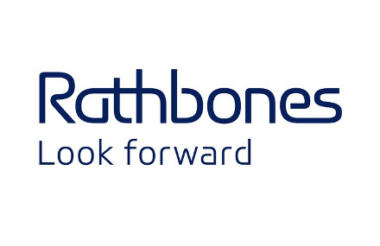If your charity is in the fortunate position of having a pot of money to invest, where should you start, asks James Brennan of Rathbones
Following a decade of meagre returns from cash deposits many charities have taken the decision to identify ‘longer-term’ reserves and invest those reserves to generate a superior return to cash. But before any decisions are made about where to place funds, there are some important steps to take.
Step One: Determining suitable objectives
Before trustees make any decisions about their investments they must decide on the charity's overall strategic plan and objectives and consider how much to invest, what area (or areas) to invest in, and what the time horizon is for investment. Other things to consider include how the investments align with the charity’s strategy and its values. For example, should it be investing in tobacco stocks or fossil fuels?
These facts will influence appetite for risk and shape the Investment Policy Statement (IPS), which is the most important part of the process. For further information, see the Writing your charity’s investment policy guidance produced by the Charity Finance Group in partnership with the Charity Investors’ Group – which is free and available to download.
Step Two: Finding the right manager
Charity Finance publish an excellent Annual Fund Management Survey every November and this is a really good starting point for charities. As well as setting out costs, it also shows which managers are growing their assets and which are not.
Charities will need to take advice from someone experienced in investment matters as per the Charity Commission’s CC14 guidance, so should look for an adviser who offers ongoing advice as part of their fee. Alternatively you may be fortunate enough to have someone on your own board who is suitably qualified and willing to assist.
Step Three: Costs and minimums
For all charities, cost is an important consideration when investing. If a more bespoke portfolio is required it can be more expensive than a pooled option, where your investments are combined with others in a single fund. And many managers often have a minimum initial investment of several million pounds that will be beyond the budget of many smaller/medium sized charities.
If a segregated portfolio isn’t appropriate, then the good news is that there are a plethora of specialist charity funds out there that range from diversified multi-asset funds to specialist areas such as UK commercial property. They are normally available with a minimum investment of just £10,000 so are accessible to both big and small charities, and offer administrative simplicity with benefits such as daily pricing, quarterly dividends and simplified administration.
Some managers offer their pooled charity funds on an “execution only” basis, where the decision to put money in/take money out in future is the responsibility of the trustees. If you are looking to invest your cash in the markets (many of which are currently at historic highs) then you may feel more comfortable with an arrangement that offers advice, where the manager is responsible for deploying your capital.
Step Four: Starting a conversation
Once you have established your list it can be helpful to send the investment policy statement to the selected managers with a questionnaire that covers areas such as service, performance, fees and commitment to the charity sector. The simpler the questionnaire the better and responses should be limited to a set number of pages.
Using the questionnaire results, it is then possible to rationalise the list down to three or four managers that resonate with you and your colleagues. Meetings should then be held between the managers and the board, ideally factoring in time for a short presentation and a question and answer session. It’s best to meet beforehand to agree common questions and what role each trustee will play; it can also be helpful to see all of the managers on the same day to allow for a meaningful comparison.
Finding a manager that understands your goals and values as a charity, that can help you select the investments that are right for you and provide a suitable portfolio to meet your investment needs won’t be easy. But it should be worth the effort to put your cash reserves to work earning a better return and helping your charity achieve its aims.
James Brennan is investment director and head of business development at Rathbones
Civil Society Media would like to thanks Rathbones for their support with this article








